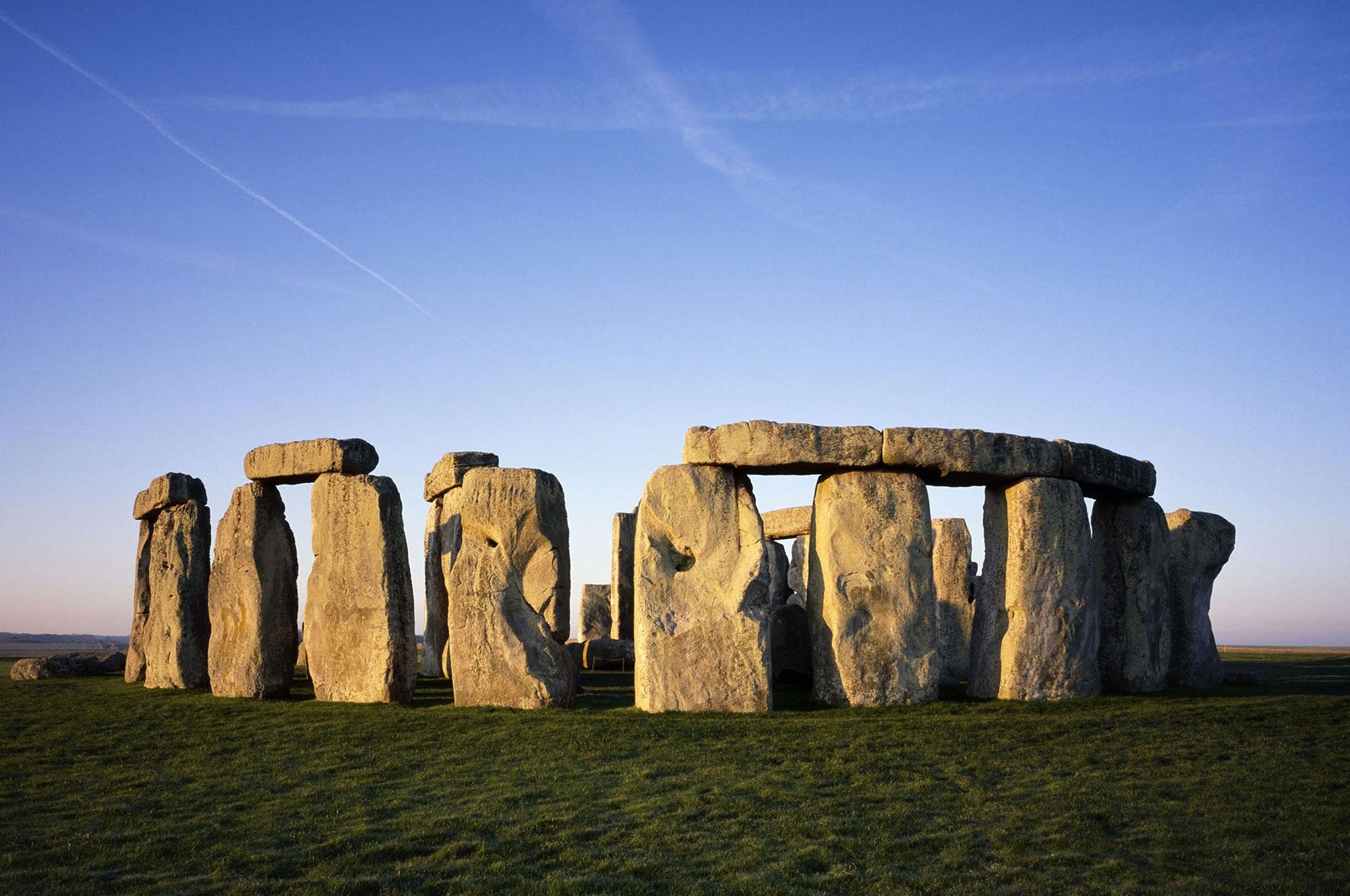Mystery of Stonehenge ‘solved’ as ancient Egyptians used it for solar calendar, expert claims
Professor Timothy Darvill said the site was designed as a calendar to help people keep track of the days, weeks and months

Your support helps us to tell the story
From reproductive rights to climate change to Big Tech, The Independent is on the ground when the story is developing. Whether it's investigating the financials of Elon Musk's pro-Trump PAC or producing our latest documentary, 'The A Word', which shines a light on the American women fighting for reproductive rights, we know how important it is to parse out the facts from the messaging.
At such a critical moment in US history, we need reporters on the ground. Your donation allows us to keep sending journalists to speak to both sides of the story.
The Independent is trusted by Americans across the entire political spectrum. And unlike many other quality news outlets, we choose not to lock Americans out of our reporting and analysis with paywalls. We believe quality journalism should be available to everyone, paid for by those who can afford it.
Your support makes all the difference.The Stonehenge monument served as an ancient solar calendar, researchers claim.
Professor Timothy Darvill concluded the site was designed as a calendar based on a solar year of 365.25 days, helping people keep track of the days, weeks and months.
His analysis includes new finds about the Wiltshire stone circle’s history, along with an analysis of other ancient calendar systems.
“The clear solstitial alignment of Stonehenge has prompted people to suggest that the site included some kind of calendar since the antiquarian William Stukeley,” Prof Darvill said.
“Now, discoveries brought the issue into sharper focus and indicate the site was a calendar based on a tropical solar year of 365.25 days.”
Recent research showed that Stonehenge’s sarsens were added during the same phase of construction around 2500 BC.
They were sourced from the same area and subsequently remained in the same formation. This indicates they worked as a single unit.

Prof Darvill, from Bournemouth University, analysed these stones, examining their numerology and comparing them to other known calendars from this period.
He identified a solar calendar in their layout, suggesting they served as a physical representation of the year that helped the inhabitants keep track of the days, weeks and months.
“The proposed calendar works in a very straightforward way. Each of the 30 stones in the sarsen circle represents a day within a month, itself divided into three weeks each of 10 days,” he said.
The distinctive stones in the circle mark the start of each week and the intercalary month of five days and a leap day every four years were also reflected in the design.
“The intercalary month, probably dedicated to the deities of the site, is represented by the five trilithons in the centre of the site,” Prof Darvill said.
“The four Station Stones outside the Sarsen Circle provide markers to notch up until a leap day.”
This means the winter and summer solstices would be framed by the same pairs of stones every year.
One of the trilithons also frames the winter solstice, indicating it may have been the new year.
This solstitial alignment also helps calibrate the calendar - any errors in counting the days would be easily detectable as the sun would be in the wrong place on the solstices.
Such a calendar, with 10-day weeks and extra months, may seem unusual today but were adopted by many cultures during this period
“Such a solar calendar was developed in the eastern Mediterranean in the centuries after 3000 BC and was adopted in Egypt as the Civil Calendar around 2700 BC and was widely used at the start of the Old Kingdom about 2600 BC,” Prof Darvill said.
This raises the possibility that the calendar tracked by Stonehenge may stem from the influence of one of these other cultures.
- The paper, Keeping time at Stonehenge, is published in the journal Antiquity.


Join our commenting forum
Join thought-provoking conversations, follow other Independent readers and see their replies
Comments